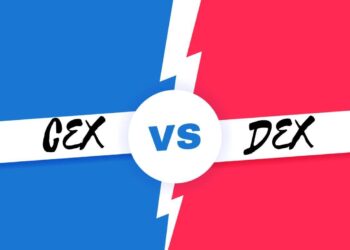As the blockchain industry continues its rapid expansion in 2025, the Solana network stands out as a premier environment for launching new digital assets. Its high-speed, low-cost infrastructure has attracted a diverse array of projects, from decentralized finance (DeFi) platforms to immersive Web3 games. At the heart of this innovation is the ability for anyone to issue a custom token, a process governed by the Solana Program Library (SPL) standard and made increasingly accessible through modern tools.
Demystifying the Solana Program Library (SPL) Standard
The SPL is Solana’s equivalent of Ethereum’s ERC standards. It provides a standardized framework for all tokens on the network, ensuring they can interact seamlessly with wallets, decentralized exchanges (DEXs), and other applications. This interoperability is fundamental to a healthy ecosystem, as it allows any SPL-compliant token to be stored, traded, and utilized across the entire network without requiring custom integrations. The standard defines the core logic for token operations like transfers, minting, and burning, providing a secure and reliable foundation for asset creation.
Key Advantages of Launching on the Solana Network
Projects are increasingly choosing Solana for their token launches due to the network’s compelling performance characteristics. Solana’s architecture allows it to handle a massive volume of transactions per second with near-instant finality. Furthermore, transaction fees, or “gas,” are consistently negligible, often costing less than a fraction of a cent. This is a critical advantage for tokens designed for high-frequency use cases, such as in-game economies or micro-payment systems, as it ensures that using the token remains practical and affordable for the end-user.
Streamlining the Token Deployment Process
The methodology for bringing a new SPL token into existence has evolved dramatically. The traditional approach required developers to interact directly with the Solana blockchain using a command-line interface (CLI). This method, while powerful, is complex and presents a steep learning curve for those without a programming background. In response to this challenge, a new generation of no-code platforms has emerged. These tools provide a graphical user interface (GUI) that guides users through every step of the process. An individual can now define their token’s properties—such as its name, symbol, total supply, and decimal precision—through a simple web form. Services like https://20lab.app/generate/spl-token/ exemplify this modern approach, making the technical act of token deployment accessible to entrepreneurs and community leaders, not just developers.
Post-Launch: The Importance of Metadata and Strategy
Creating the token is just the beginning. For a token to be recognizable and trusted, it must have accurate metadata, including a name, symbol, and logo that appear correctly in wallets like Phantom and Solflare. Modern deployment tools facilitate the easy attachment of this metadata. Beyond these technical details, the token’s ultimate success hinges on a sound strategy. This includes well-planned tokenomics that align incentives, a clear utility that gives users a reason to hold and use the asset, and a dedicated effort to build and engage a supportive community.
Disclaimer: This article is for informational purposes only and does not constitute financial, investment, or legal advice. The cryptocurrency market is highly volatile and speculative. Always conduct your own research and consult with a qualified professional before making any investment decisions.










